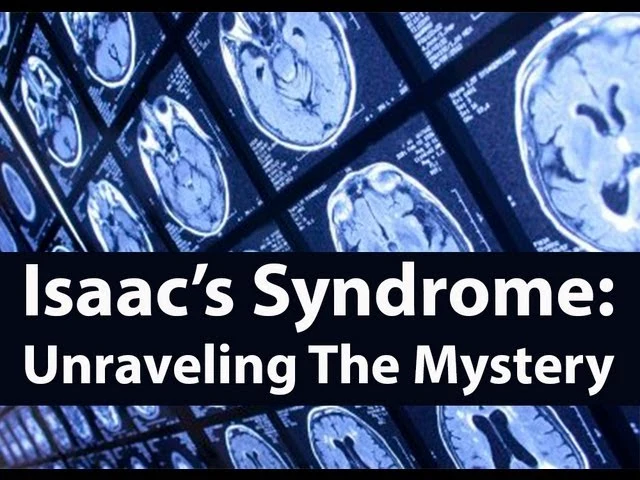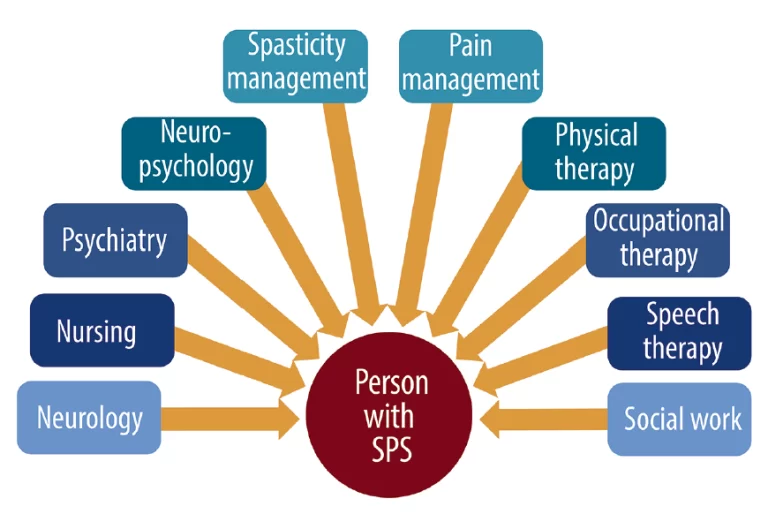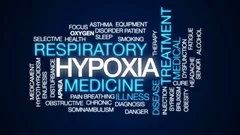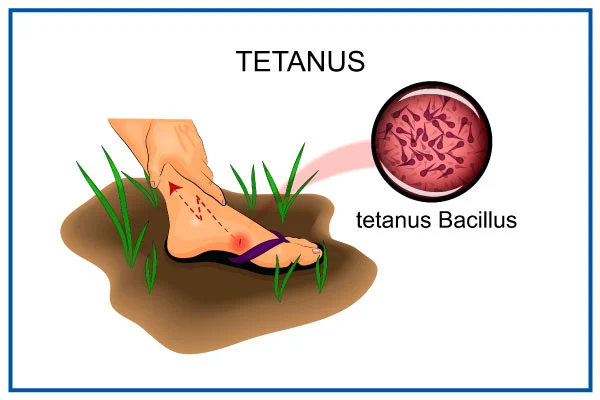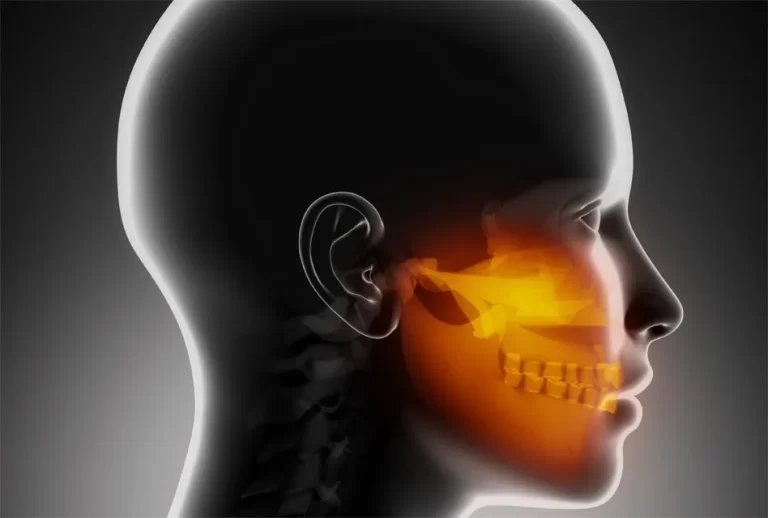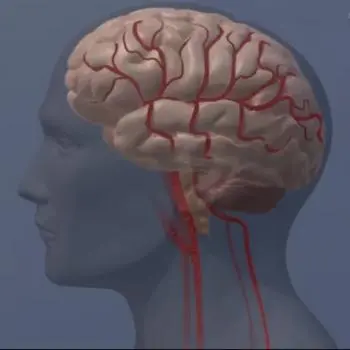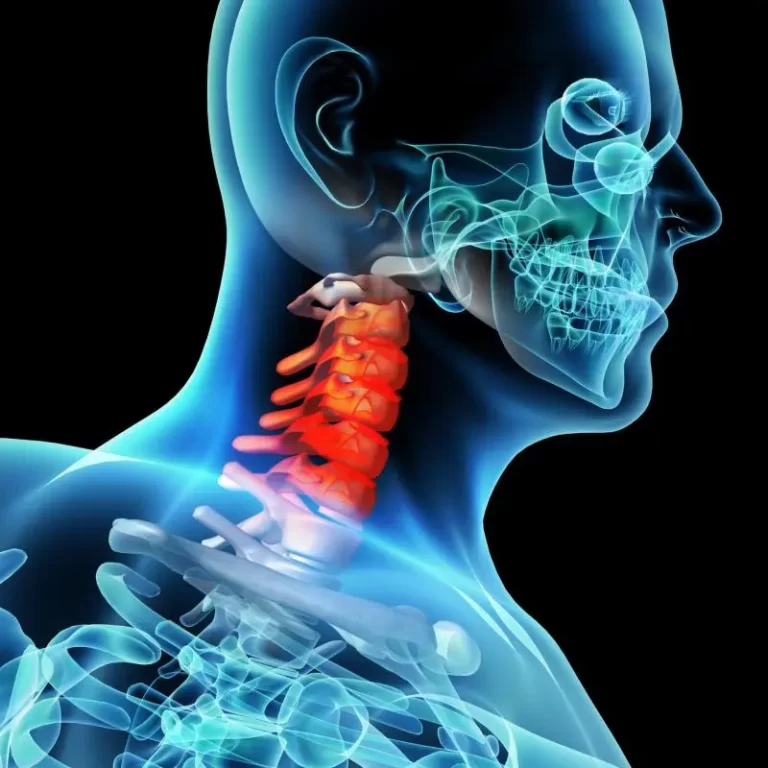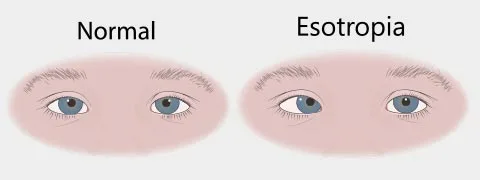Isaacs Syndrome
What is Isaac’s Syndrome? Isaacs Syndrome is a rare neurological disorder that causes uncontrolled continuous muscle activity, even during sleep. It mostly affects the arms and legs muscles, but it may affect any part of the Body muscles. Patients with the disease feel stiffness, cramps, and twitching in their muscles. It can also involve your…

